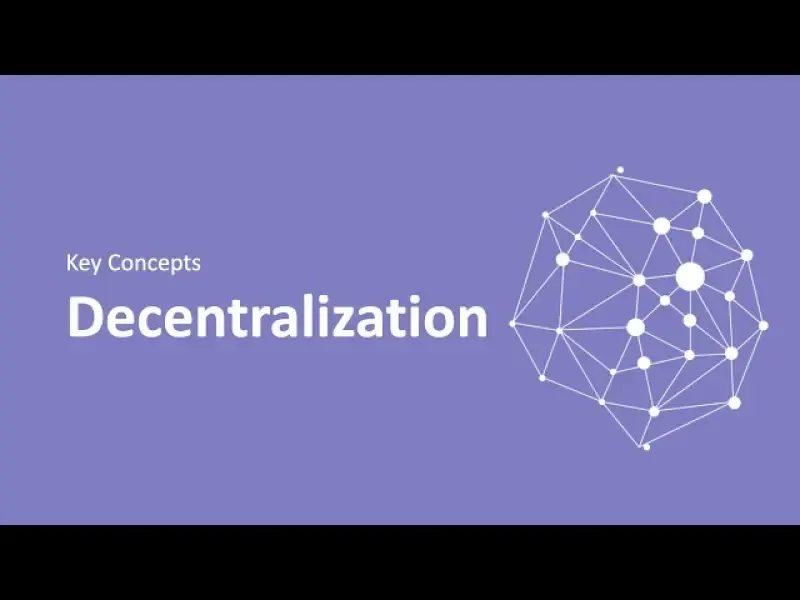In the context of blockchain, decentralization is a core principle that ensures the network operates without a central authority, enhancing security, transparency, and trust. Key management and functionality are critical components of this decentralized structure, leveraging cryptographic principles to maintain the integrity and authenticity of the blockchain. Here's an in-depth look at key decentralization and its functionality in blockchain technology.
Key Management in a Decentralized System
1.Decentralized Key Generation
- Self-Generated Keys: In a decentralized blockchain network, users generate their own key pairs (private and public keys) without relying on a central authority. This process is typically handled by wallet software using cryptographic algorithms.
- Randomness and Security: Keys are generated using secure random number generators, ensuring that the keys are unique and cannot be easily predicted.
2.Decentralized Key Storage
- User Control: Users are responsible for storing their private keys securely. This decentralization prevents any single point of failure and reduces the risk of centralized data breaches.
- Hardware Wallets: Many users opt for hardware wallets, which store private keys offline, adding an extra layer of security against online threats.
Functionality of Decentralized Keys in Blockchain
1.Transaction Verification
- Signing Transactions: When a user initiates a transaction, it is signed with their private key, creating a unique digital signature.
- Broadcasting and Verification: The signed transaction is broadcast to the network. Nodes verify the transaction using the corresponding public key, ensuring the signature is valid and the sender has the authority to spend the specified assets.
2.Consensus Mechanisms
- Proof of Work (PoW): Used in Bitcoin, miners solve cryptographic puzzles to validate transactions and add new blocks to the blockchain. The decentralized nature of key management ensures that no single miner can control the network.
- Proof of Stake (PoS): Validators are chosen based on the number of tokens they hold and are willing to "stake." This method decentralizes the power of validation among token holders.
3.Smart Contracts
- Self-Executing Agreements: Smart contracts use decentralized keys to execute and enforce agreements automatically when predefined conditions are met. The decentralized nature ensures that the contract executes without the need for intermediaries.
- Security and Immutability: Smart contracts are stored on the blockchain, ensuring they are tamper-proof and transparent.
4.Interoperability
- Cross-Chain Transactions: Decentralized key management enables interoperability between different blockchain networks. Users can interact with multiple blockchains using the same cryptographic keys, facilitated by cross-chain technologies like atomic swaps and blockchain bridges.
Enhancing Decentralization: Advanced Techniques
1.Multi-Signature (Multi-Sig) Wallets:
- Increased Security: Transactions require multiple private keys to authorize, distributing control and reducing the risk of a single point of failure.
- Collaborative Control: Used in organizations where multiple parties need to agree before a transaction is executed.
2.Threshold Cryptography
- Secret Sharing: A private key is divided into multiple parts, distributed among different parties. A certain number of parts (threshold) must be combined to reconstruct the key, ensuring decentralization and security.
- Enhanced Resilience: Ensures that no single entity can compromise the key, even if part of the system is breached.
3.Decentralized Identifiers (DIDs)
Self-Sovereign Identity: Users control their digital identities and credentials without relying on centralized authorities. DIDs are anchored on the blockchain, providing secure and verifiable identities.
Conclusion
Decentralization of key management and functionality is fundamental to the security and integrity of blockchain technology. By eliminating central points of control and utilizing cryptographic principles, blockchain ensures that transactions are secure, authenticated, and resistant to tampering. Advanced techniques like multi-signature wallets, threshold cryptography, and decentralized identifiers further enhance the robustness and resilience of decentralized systems, paving the way for secure and trustworthy digital interactions.


Comments